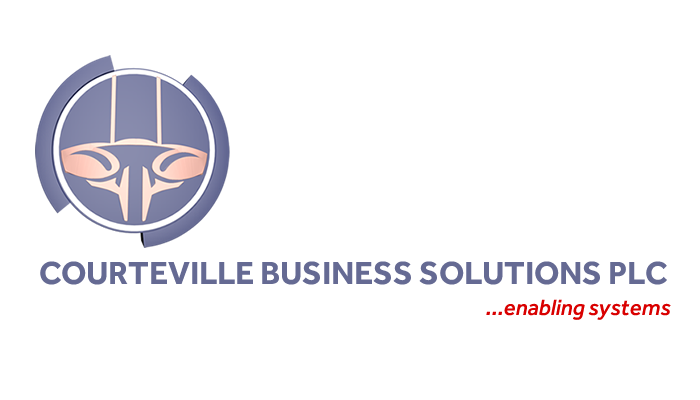What exactly makes virtual meetings so draining, and what can leaders do to improve them?
Last year, the world of work experienced a huge shift practically overnight as meeting attendees switched from rushing between conference rooms to rushing to find the right Zoom link. While the medium of meetings has shifted for many of us, our need to come together in groups to collaborate, discuss project progress, and tackle work challenges is unchanged and ever present.
In fact, the number of meetings per day has actually increased since many workplaces went completely remote in 2020. A recent “Future Workforce Pulse Report” by Upwork predicts that by 2025, 36.2 million Americans will be working remotely — almost a 90% increase from pre-pandemic levels. In short, virtual meetings aren’t going anywhere anytime soon.
This virtual context adds layers of complexity for both meeting leaders and attendees. We aren’t used to the unnatural lack of nonverbal cues, prolonged eye contact, or overload of faces (including our own!) to process on the screen. Seeing our own faces as we talk or listen, and the associated hyperawareness of how we appear or emote, is stressful.
The amount of effort required to process all of these stimuli while simultaneously thinking and communicating is fatiguing. Recent recommendations for reducing “Zoom fatigue” have included avoiding multitasking, taking screen breaks, or switching to a phone call or email. While these strategies may be helpful for alleviating one’s own fatigue, they do not address the quality, content, or taxing nature of virtual meetings themselves.
What exactly makes virtual meetings so draining, and what can leaders do to improve their meetings? Over the summer of 2020, we collected data from 150 employees from a range of industries in the U.S. and Europe to learn about their experiences in virtual meetings and, more specifically, meeting fatigue.
The vast majority of those surveyed reported feeling fatigued and drained during and after their virtual meetings — more so than with in-person meetings. This came as no surprise. But there was much less consensus regarding their explanations for why they felt fatigued. Meeting schedules and structures emerged as major themes, but survey respondents varied widely in their preferences regarding both.
We encountered what we call preference paradoxes: Different people had different virtual meeting preferences, so some people’s preferences contradicted those of their colleagues. Some employees reported, for example, that virtual meetings are more fatiguing than those conducted in person because there are fewer social cues, whereas others appreciated the more detached meeting style. One person reported that they missed the easy social interactions of the office but did not want virtual meeting time bogged down by chitchat. What’s the best path forward given attendees’ varied preferences?
There’s no universal solution; virtual meeting preferences signal the need for a tailored response from leaders. Don’t assume that your preferences are the same as your team’s or that all teams share the same preferences. For more effective and less fatiguing meetings, one of the most important things a leader can do is ask for feedback from meeting attendees.
Collecting feedback on your meetings is a good practice for holding effective meetings in general. Not only will you collect important feedback to inform how you plan and lead future meetings, you’ll also communicate to employees that you want meetings to be a more positive experience for them. Start by facilitating conversations about what works and what doesn’t for the individuals or groups you meet with. By asking employees to think critically about their meetings and contribute to their success, you may spark more engagement and investment in your meetings as well.




